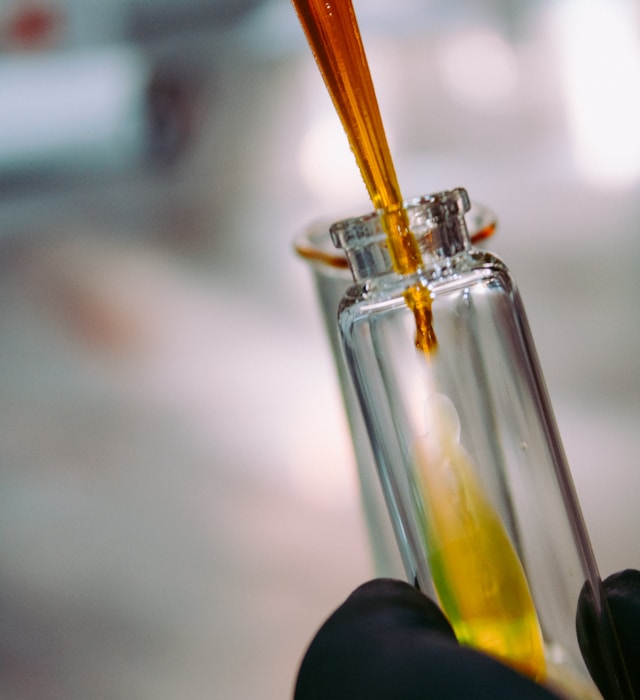Do you want to make your machines last longer or make sure your car works well? You might require an oil analysis kit. These kits give you useful information regarding the state of your engine oil, which helps you decide what repairs and maintenance to do. There are so many choices online that it’s easier than ever to buy an oil analysis kit. But how can you know which one to pick? This article will talk about the pros of utilising an oil analysis kit, what to look for when buying one online, a simple step-by-step guidance on how to use it correctly, and typical mistakes to avoid while you’re analysing. Get ready to find out what’s really going on in your engine’s oil!
Advantages of Using an Oil Analysis Kit
An oil analysis kit might change the way you think about maintenance. You may learn the performance of your oil by testing it on a regular basis before buy oil analysis kit.
One big plus is that problems can be found early. Finding impurities or wear particles in the oil lets you act quickly to stop expensive problems from happening later on.
These kits also assist in making maintenance programs more efficient. You don’t have to make decisions based on random timetables; you may base them on real data about how healthy your equipment is.
Oil analysis also makes things work better. You can make changes that improve the performance and lifespan of all your machines if you know how well your lubricants are working.
Using an oil analysis kit helps the environment by cutting down on waste and preserving resources by using oils and fluids more efficiently.

Things to Think About When Buying an Oil Analysis Kit Online
Before you buy an oil analysis kit online, check to see what kinds of tests it comes with. Different kits can do different tests, like finding wear metals, checking for contaminants, and measuring viscosity.
Next, think about how easy the kit is to use. You won’t feel overwhelmed during your first analysis because the process is simple. Look for directions that are easy to follow and show you how to do each step.
The reliability of the source is also very important. Choose brands that have good evaluations from people who have bought from them before. This can make you feel more sure about the quality of the goods and the service.
Don’t forget to compare prices, too. It’s important to find a balance between cost and value, even if your budget is tight. Less expensive choices may not have important features or be as accurate.
Make sure that any oils or tools you need work with the kit you choose so you don’t have any problems when you test things at home later.
How to Use an Oil Analysis Kit: A Step-by-Step Guide
It’s easy to use an oil analysis kit, and it can give you important information about the health of your engine. Make sure you have everything you need, such as equipment, a clean container, and safety clothing.
Start by getting the oil sample. To avoid spilling, carefully take out the dipstick or drain plug. Put the clean container in the flow of oil to catch enough without getting dirty.
Once you’ve gotten enough oil, seal the sample tightly. For easier monitoring later, make sure to clearly label it with the date and vehicle information.
Next, follow the exact steps in your kit for getting ready for the test. Depending on the type of study you’re doing, you might need to mix some chemicals or reagents.
Follow the instructions for sending your sample back. Some kits even include prepaid return labels to make things easier. Keep note of when you should get results so that you can act on them right away.

Things to Stay Away From When Doing an Oil Analysis
Avoiding common blunders while doing an oil analysis will greatly improve the accuracy of your results. Not following the manufacturer’s instructions attentively is a common mistake. Each kit may have its own rules for sampling and handling, which are very important for getting accurate data.
Not utilising a clean container to collect samples is another mistake. If your equipment isn’t clean and safe for oil analysis, you could get false results because of dirt or other impurities.
Timing is also very important. If you take samples at random times, it can be hard to see how wear metals and pollutants change over time. Consistency makes it easier to keep track of changes.
Before evaluating the sample, make sure you store it correctly. Extreme temperatures or intense sunlight can change the oil’s chemical makeup and change the test findings.
If you keep these things in mind, you’ll be more likely to succeed with your oil analysis. Paying attention to the small things might help you get a better picture of how well your engine or equipment is working.





